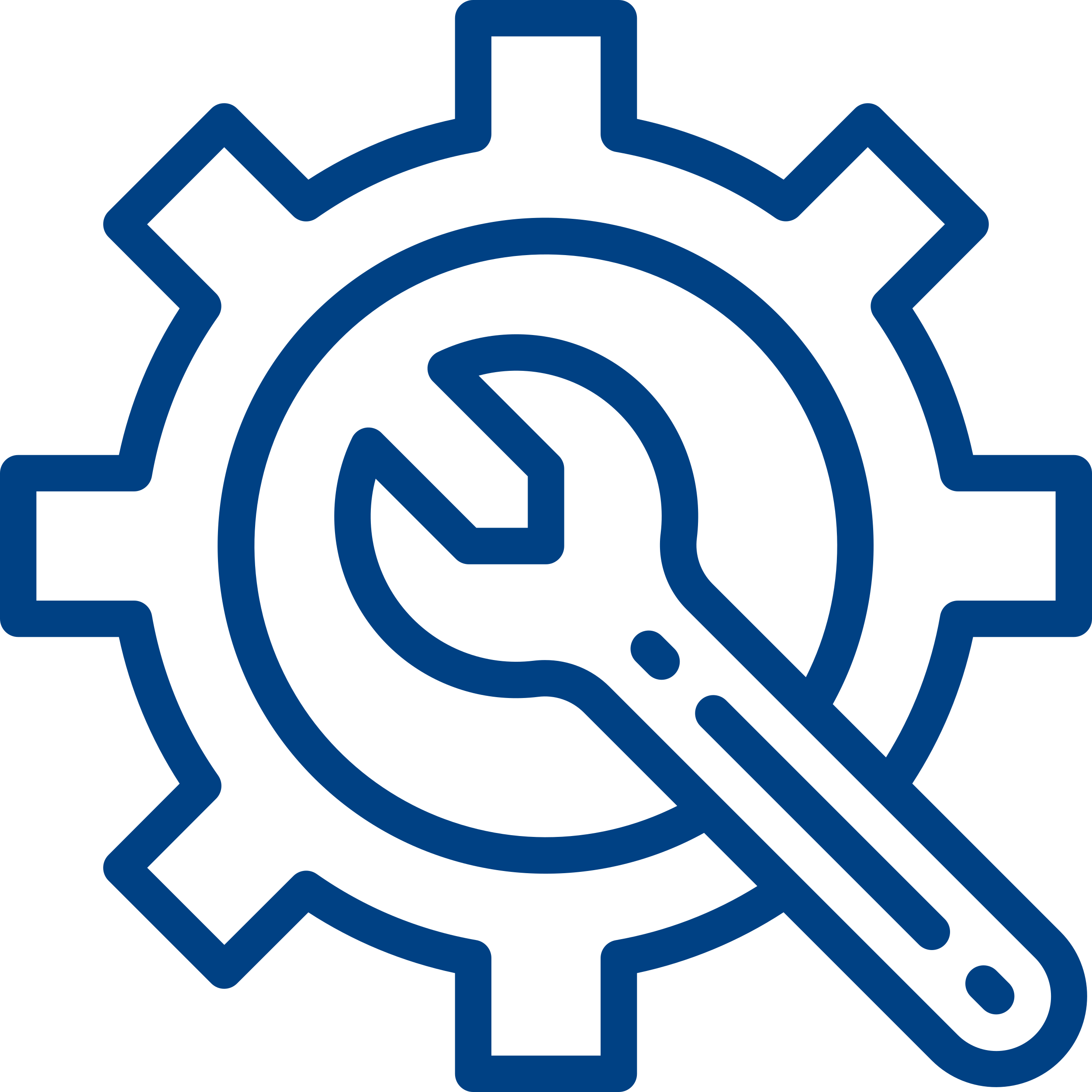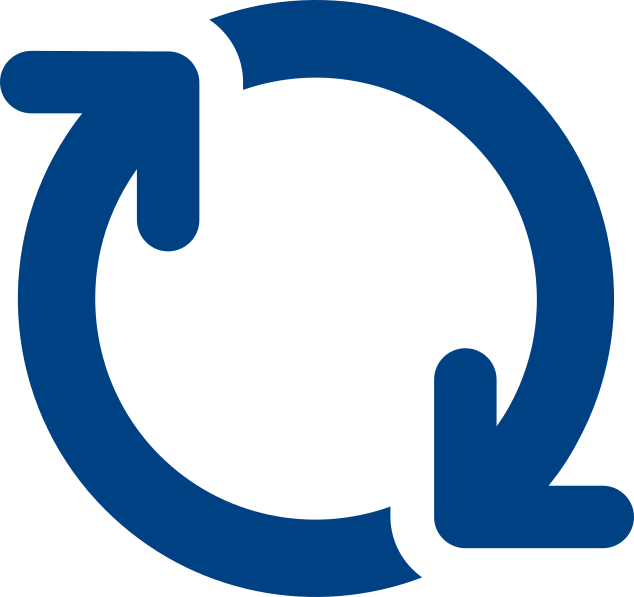Sustainability
Rental is an inherently sustainable model. By renting equipment, companies and individuals can contribute to a more sustainable world in various ways.
The rental industry by definition operates in a circular business model. It fulfils all of the circular economy principles and, by doing so, minimises the negative environmental impact of equipment.
Rental addresses the following aspects of the circular economy:

Shared usage
Construction companies and other rental customers can access equipment when required, improving efficiency, and rental asset management leads to a more frequent, hence more efficient, use of equipment.

Repairability
Rental companies contribute to a product design that facilitates maintenance and repair activities, they focus on spare parts management and ask for increased information on product repair from the equipment manufacturers.

Resource use
Rental companies search for equipment to offer the most sustainable option to their customers and provide theoretical and practical training to their customers to optimise the use of equipment.

Reusability
Components of dismantled equipment can be reused.

Recyclability
Rental companies take care of their equipment through repairs, when it is still possible, and recycling, when it is at the end of its life cycle. They also use their bargaining power to demand equipment suppliers limit the use of non-recyclable material and take responsibility for end-of-life management by collecting, reusing or recycling equipment.
DO NOT USE
Your content goes here. Edit or remove this text inline or in the module Content settings. You can also style every aspect of this content in the module Design settings and even apply custom CSS to this text in the module Advanced settings.
RENTAL CONTRIBUTES TO SUSTAINABLE DEVELOPMENT
Many European rental companies put significant efforts into their own Corporate Social Responsibility (CSR). An increasing number of them are participants in the UN Global Compact, supporting the ten principles with respect to human rights, labour, the environment and anti-corruption and annually reporting their progress towards the Sustainable Development Goals (SDGs).
Rental companies today are actively working on their contribution to the SDGs. The goals where rental companies are making the most significant impact are:
- SDG 3: Health and well-being
- SDG 4: Education
- SDG 5: Gender equality
- SDG 8: Economic growth and employment
- SDG 12: Sustainable consumption and production
- SDG 13: Climate action
RENTAL CONTRIBUTES TO LOWER CARBON EMISSIONS
An independent research study commissioned by ERA on the carbon footprint of construction equipment has demonstrated that the rental business model stimulates the efficient use of equipment and that this efficient use lowers the total carbon footprint. Depending on specific user practice, this can lead to significant reductions, in the range of 30% and sometimes up to 50%.
The researchers of the study built a calculator to determine the carbon footprint of the use of construction equipment, based on various parameters. The parameters with the biggest influence on the carbon footprint of equipment are:
- Intensity of use – maximising the utilisation rate could reduce the amount of equipment required
- Using the right equipment for the job
- Transportation – shorter distances and higher load factors
- Maintenance – allowing extended lifetime
Read more about the study: Carbon Footprint of Construction Equipment.
RENTAL COMPANIES WORK WITH SUSTAINABLE SUPPLY CHAINS
Because rental companies cannot offer their services without first acquiring the equipment, it is necessary to ensure that this equipment has been manufactured in a sustainable and responsible manner. Many European rental companies already assess their suppliers according to sustainability criteria.
ERA has developed a framework that helps rental companies to define minimum sustainability requirements and aspirations for all suppliers. These common requirements relate to the areas of:
- Human rights and working conditions
- Health and safety
- Responsible sourcing of components and raw materials
- Environmental performance
- Business ethics
- Product sustainability performance
The framework provides rental companies with a tool to demonstrate to customers and public authorities a harmonised approach to sustainability in their supply chains. Furthermore, it gives suppliers clear guidance on what rental companies require from them in terms of the sustainability of their products and operations.
Read more about the ERA Sustainable Supplier Framework here.
Sustainability publications
Equipment CO2 Calculator
Any equipment stakeholder (such as equipment owners, rental companies, contractors and public authorities) interested in establishing the carbon footprint of constructon and other equipment precisely can use the Equipment CO2 Calculator, powered by ERA.
It is a tool that estimates the carbon footprint of equipment over its entire life cycle and provides the carbon footprint of a piece of equipment per hour of use. Expressing the results per hour of (active) use enables comparisons across different types of equipment and over a wide range of ownership scenarios.
The Equipment CO2 Calculator can be used to evaluate a single ownership period of one piece of equipment and, thus, to determine the climate impact of entire fleets of equipment or the total carbon footprint of all machines on a given jobsite.
The updated Equipment CO2 Calculator, version 2.0, includes an expanded scope (new calculators for handheld tools and modular space), enhanced functionality (single and group calculations) and improved navigation to provide a more comprehensive, easier to use and more practical tool for equipment stakeholders, including rental companies, contractors, OEMs, public authorities and other equipment users.
The calculator’s results can be used, for example, to:
- Investigate which part of the life cycle has the largest contribution to the carbon footprint of equipment;
- Compare different equipment use scenarios and get insight into the effects of measures to reduce the overall footprint;
- Evaluate the effects of alternative fuel consumption.
The Equipment CO2 Calculator is free-to-use and can be accessed here.
